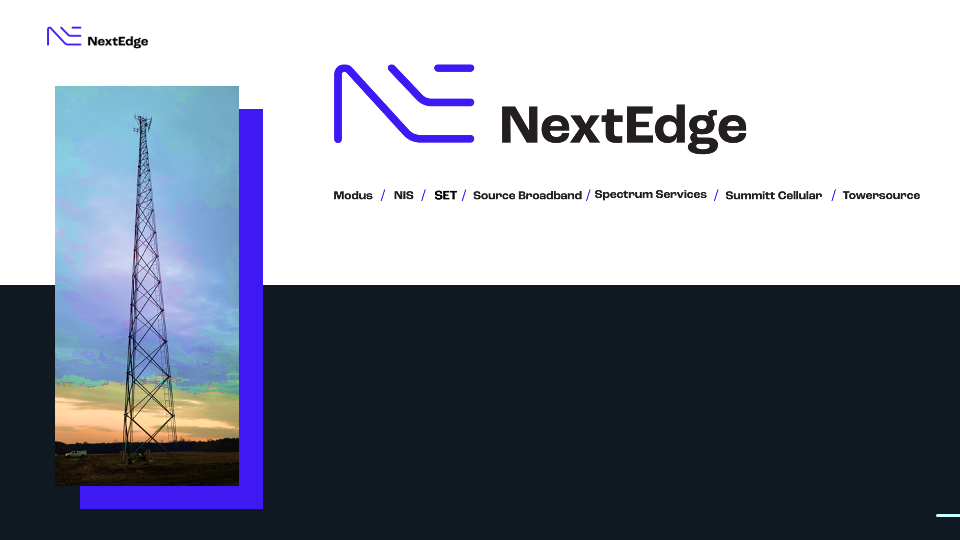Title Page
-
Company Name
-
Conducted on
-
Site Name/Site Number/Location
-
Name of Competent Person on site
-
Customer
-
Name of Person Conducting Audit
-
Scope of Work
Part 1: JOB SITE DOCUMENTATION
-
B. Are there applicable safety signs posted?
-
C. Is there a competent person on site?
-
D. Is there more than one person (minimum of 2) on site certified in First Aid/CPR/BBP/AED
-
I. Is the proper equipment to complete the task on the jobsite?
-
J. Are daily tailgate meetings held to review the scope of work and any safety concerns?
-
L. Is there a stop work authority procedure in place for personnel to report and correct identified hazards without fear of repercussions?
-
Has a Vehicle and or Equipment Inspection been conducted prior to use?
PART 2: JOB SITE CONDITIONS (INCLUDE ENVIRONMENTALS)
-
A. Are the housekeeping responsibilities met and maintained?
-
B. Are the materials stored properly and orderly?
-
C. Are measures taken to prevent access by unauthorized personnel to the site?
-
D. Are areas barricaded as required?<br>
-
E. Is adequate drinking water available for all members of the crew?
-
F. Are chemical, flammable and combustible liquids stored properly? (i.e. no plastic gas cans)
-
G. Are fire extinguishers of the appropriate size and type available, and with current inspection tags?
PART3: PPE
-
E. Are employees dressed in appropriate work clothing?
-
D. Are employees wearing appropriate gloves when required?
-
A. Are employees wearing head and or face protection? Hardhats Helmets
-
B. Are employees wearing proper footwear?
-
C. Is approved eye protection being used?<br>
-
F. Are employees wearing appropriate hearing protection when required?
-
G. Are employees wearing appropriate high-visibility clothing when required?
PART 4: FALL PROTECTION EQUIPMENT
-
A. Do personnel exposed to falls have documented training?
-
B. Is fall protection equipment being inspected daily?
-
C. Is the proper fall protection equipment on the jobsite to perform the scope of work?
-
F. Are personnel utilizing 100% tie-off practices?
-
Are portable ladders being used appropriately?
-
If using a bucket truck are wheels chocked?
PART 5: ELECTRICAL (INCLUDE OVERHEAD)
-
A. Do personnel exposed to electrical hazards have documented training?
-
B. Based on the scope of work, are the personnel trained on the Lockout/Tagoutprocedures?
-
E. Are extension cords in good condition?
-
F. Are the correct length and gauge of extension cords being utilized?
-
G. If necessary, has the power company been notified?<br>
-
H. Is there a documented procedure for site-specific electrical hazards that relates to the scope of work?
PART 6: TRENCHING, EXCAVATIONS, UNDERGROUND DRILLING
-
A. Has a competent person been identified?
-
B. Has both private and public 811 (utility avoidance) been contacted prior to construction?
-
C. Have utilities (public and private) been marked?
-
D. During drilled shaft operations are grounding protection systems in place?
-
F. Are all open excavations properly barricaded overnight?
-
G. Have personnel in the trench been properly protected from cave-in?
-
H. If personnel are in the trench is there proper entry and egress?
-
I. Have spoils been placed at a minimum of two feet from the excavation edge?
PART 7: HEAVY EQUIPMENT
-
A. Is back-up alarm working properly?
-
B. Is roll-over protection installed and in good condition?
-
C. Are safety interlocks operational?
-
D. Are hazard lights working properly?
-
E. Are buckets and booms free of cracks and defects?
-
F. Are personnel clear of the danger area or working radius?
-
G. Have all the daily inspections required in the operator's manual been performed?
-
H. Have all operators been properly trained on safe use and operation of the unit being used?
PART 8: HAND/POWER TOOLS
-
A. Are all tools in good condition?
-
B. Are electrical tools properly grounded or double insulated?
-
C. Are proper guards in place?
-
D. Are all tools being used for intended purpose of the manufacturer?
PART 9: DOT DRIVERS AND VEHICLES
-
A. Is CDL valid for equipment being used?<br>
-
B. Do drivers have DOT Medical Card (greater than 10,001 lbs GVW)?
-
C. Are drivers Electronic Logging Devices (ELD) current?
-
D. Are Daily Vehicle Inspection Reports (DVIR) current?
-
E. Is vehicle labeled per DOT requirements?
-
F. Are emergency reflectors in the vehicle?
-
G. Is vehicle interior / exterior maintained properly?
-
H. Is there any interior or exterior damage?
-
I. Is the windshield in good condition?
-
J. Are tires in good condition?
-
K. Are fire extinguisher(s) of appropriate size and rating readily available and equipped with a current monthly inspection tag?
-
L. Is the fire extinguisher location identified?
-
M. Is a DOT compliant first aid kit located on the vehicle?
-
N. Are all state & federal inspection stickers current?
-
O. Is the insurance and registration certificate current and readily available?
-
P. Are all exterior lights in operational condition? (truck and trailer)
-
Q. Are trailer breakaway harnesses properly functioning?
-
R. Are trailer safety chains properly installed?
-
S. Is material secured in accordance with DOT regulations?
-
T. Are all fuel containers used properly?
PART 10 OVERALL IMPRESSION OF SITE
-
Overall Impression
-
Amount of time spent on this safety audit visit.
-
Necessary to follow up with written documentation?
-
If any deficiencies were they corrected immediately?
-
Comments
-
Was this report was reviewed with supervisor and crew?
-
Crew Member Names
-
Supervisor Name
-
Date
DIRECTOR DEFICIENCY COMPLIANCE REPORT
-
ITEM#
-
Noted Deficiency
-
Course Action
-
Compliance Completed By
-
ITEM#
-
Noted Deficiency
-
Course Action
-
Compliance Completed By
-
ITEM#
-
Noted Deficiency
-
Course Action
-
ITEM#
-
Noted Deficiency
-
Course Action
-
Compliance Completed By
-
Item#
-
Noted Deficiency
-
Course Action
-
Compliance Completed By






